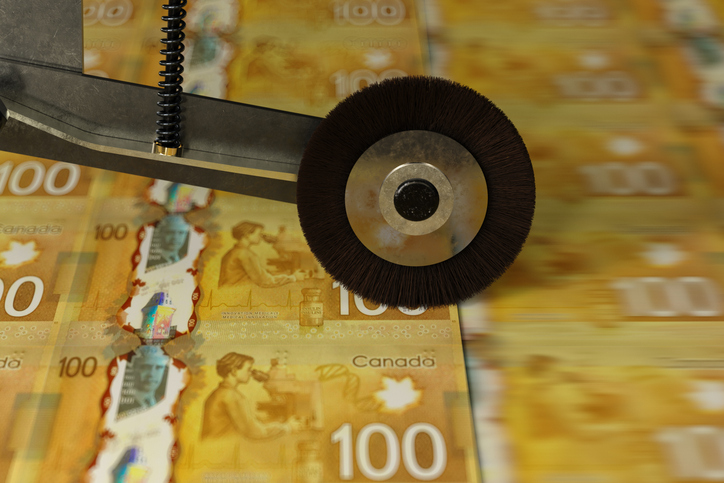Warning: Misleading Silver Supply and Demand Data
The comments below are an edited and abridged synopsis of an article by Jan Nieuwenhuijs
Every year the Silver Institute publishes silver supply-and-demand numbers that suggest the market is in a deficit or surplus, although there is no correlation between their ‘market balance’ and the price of silver. Investment decisions based on the Silver Institute’s supply-and-demand data can turn out badly.

The author believes that gold trades more like a currency than a commodity. An approach of a gold market balance, which produces a surplus or deficit, is therefore not appropriate nor indicative of price direction. Because silver is both a monetary metal and an industrial commodity, its supply-and-demand dynamics require special attention. Nieuwenhuijs’s conclusion is that silver, just like gold, trades more like a currency than a commodity.
Up for discussion: silver is a currency, and massaging the numbers.
In conclusion, Nieuwenhuijs writes: “The above shows the difficulty for consultancy firms of presenting a market balance for what is chiefly a currency (monetary metal). My message is not that the Silver Institute’s reports are useless; they contain all sorts of valuable data. I’m just skeptical of any conclusion derived from a silver market balance—surplus or deficit. To me it makes more sense to focus on variables that also drive the price of gold—such as inflation, risk and interest rates—to get a feel for silver sentiment. Note the correlation between gold and silver in the [chart] below.”

